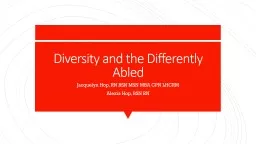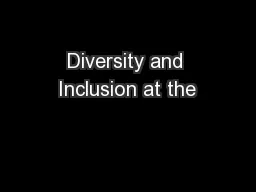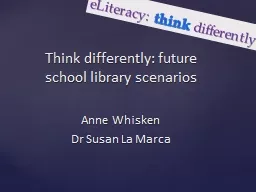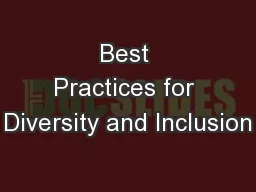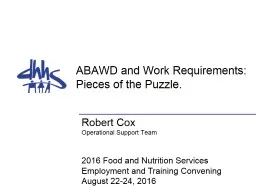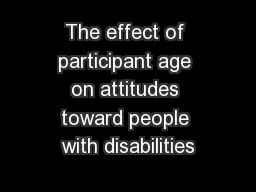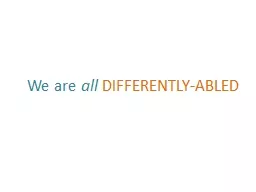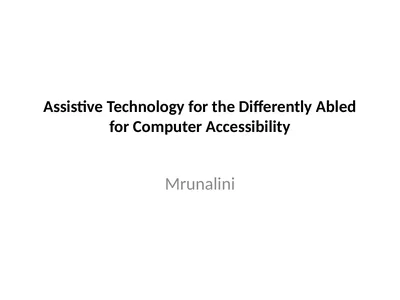PPT-Diversity and the Differently Abled
Author : pamella-moone | Published Date : 2018-12-17
Jacquelyn Hop RN BSN MSN MBA CPN LHCRM Alexia Hop BSN RN Changes in oncampus populations Diversity is more than skin deep Increasing number of students with different
Presentation Embed Code
Download Presentation
Download Presentation The PPT/PDF document "Diversity and the Differently Abled" is the property of its rightful owner. Permission is granted to download and print the materials on this website for personal, non-commercial use only, and to display it on your personal computer provided you do not modify the materials and that you retain all copyright notices contained in the materials. By downloading content from our website, you accept the terms of this agreement.
Diversity and the Differently Abled: Transcript
Download Rules Of Document
"Diversity and the Differently Abled"The content belongs to its owner. You may download and print it for personal use, without modification, and keep all copyright notices. By downloading, you agree to these terms.
Related Documents

